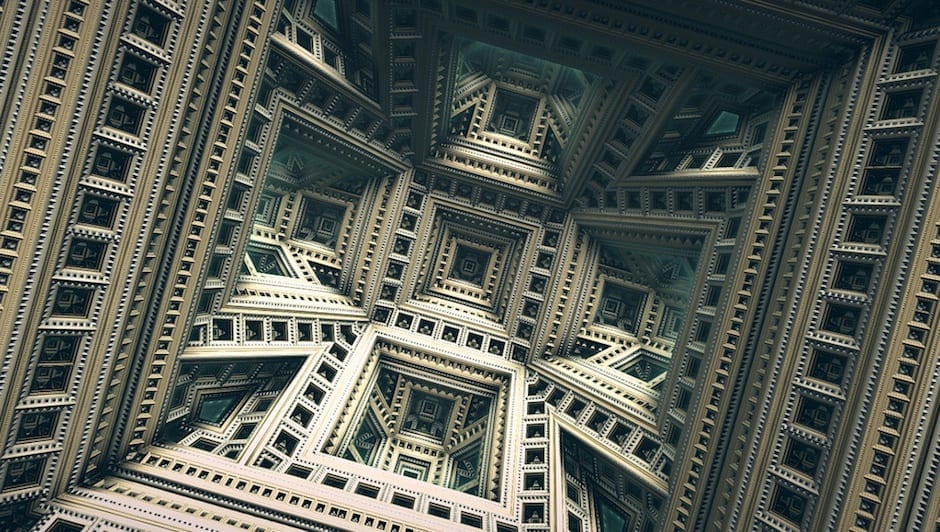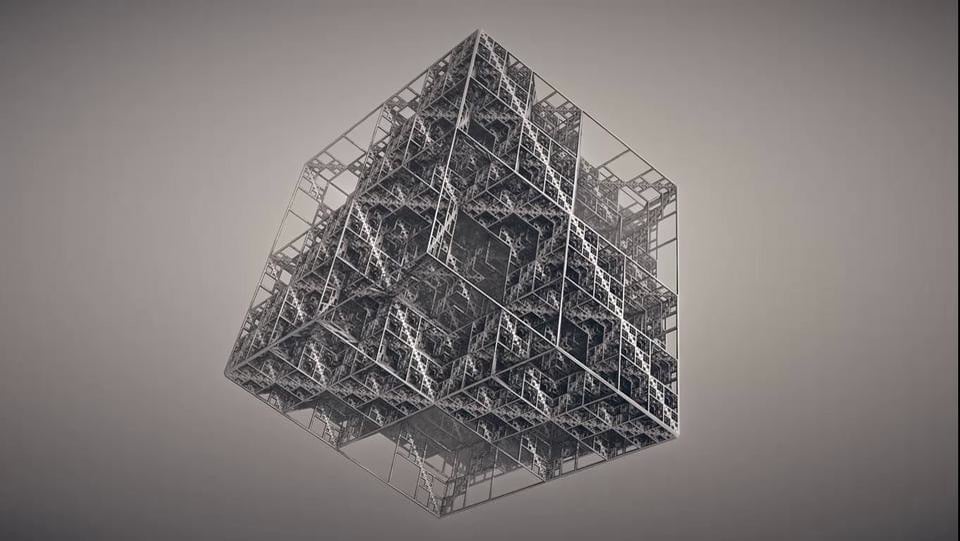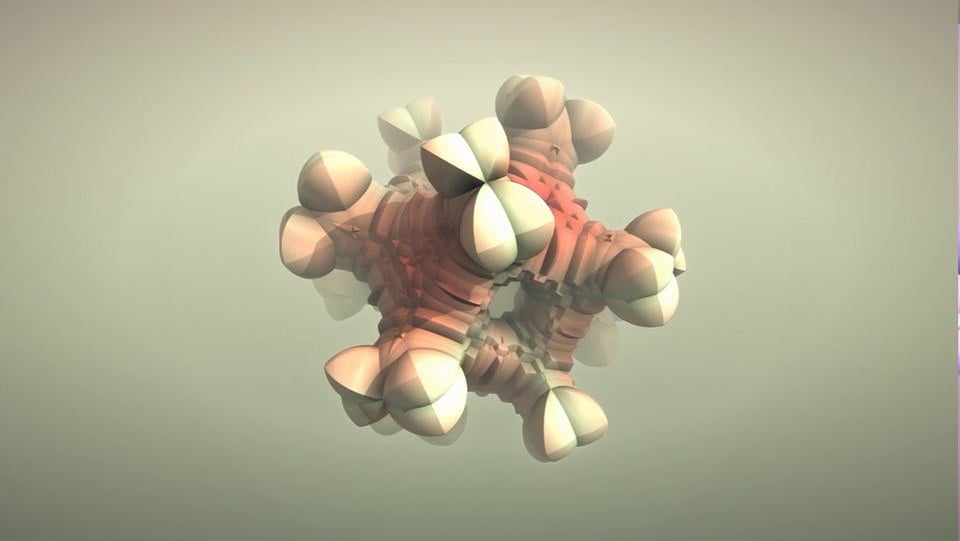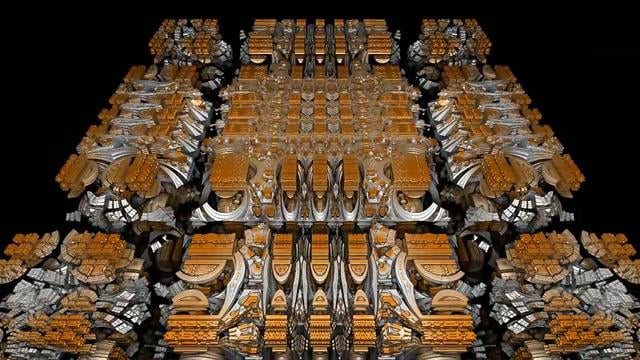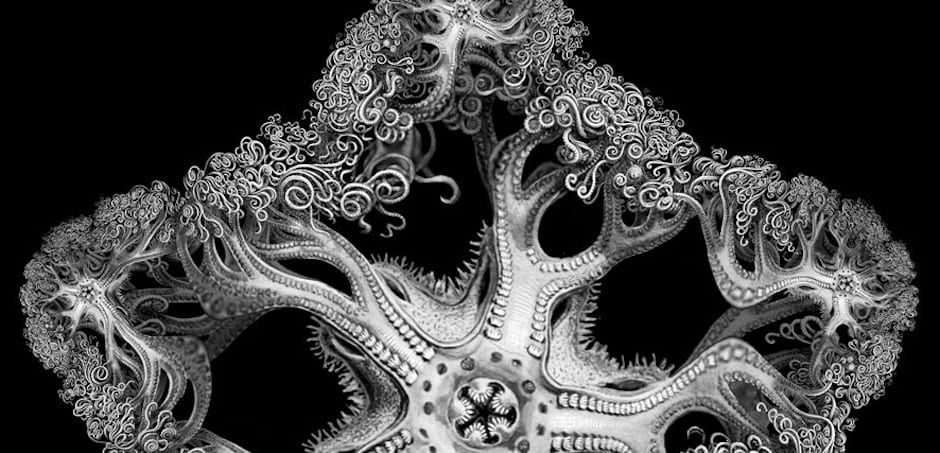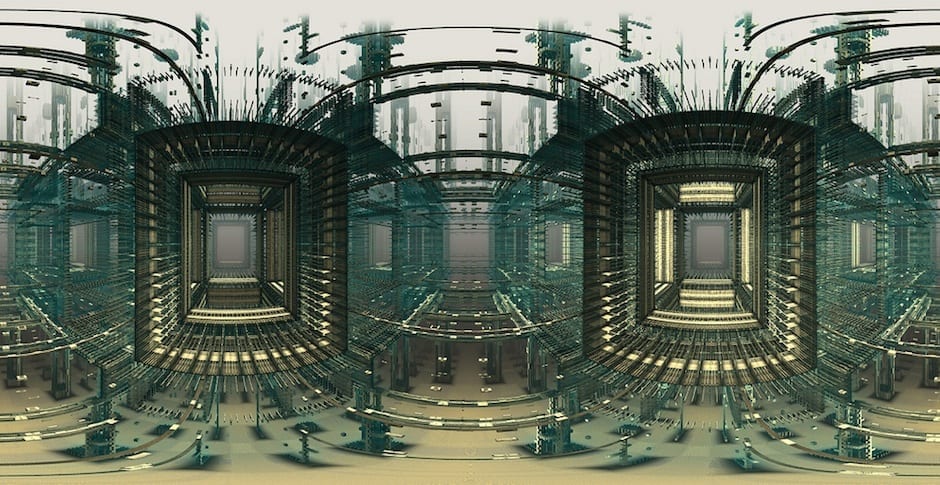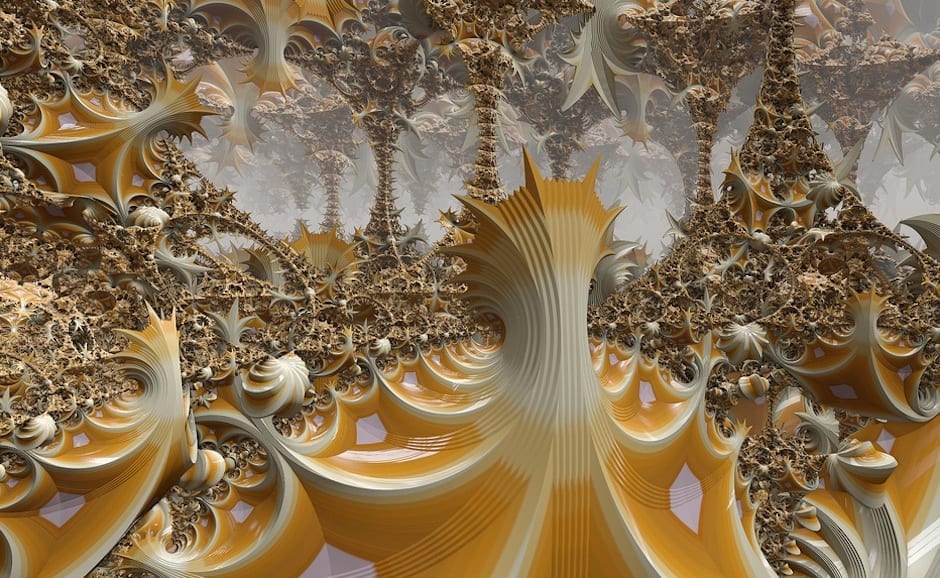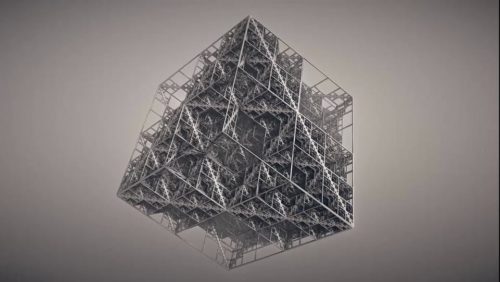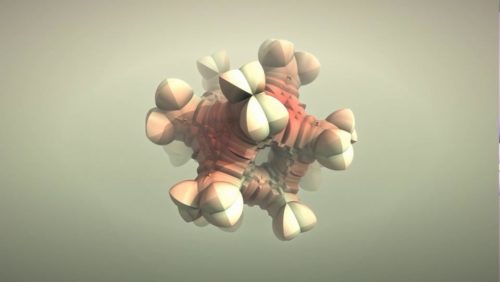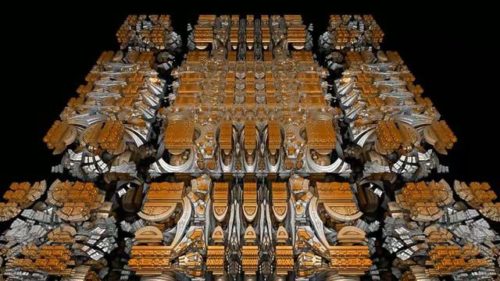Since the days of Da Vinci, art and science have always gone hand-in-hand, but it in the modern world there seems to be something of an intractable divide between the two. Cue renaissance man Tom Beddard (aka subBlue), a physicist-turned-filmmaker who uses his understanding of the algorithms and programming to create entrancing animations which echo the fractal patterns of nature. Laura Swinton reports
As I understand it, your background is in physics. What inspired you to move into animation and filmmaking?
I originally did a PhD in laser physics, however that was around the time of the first dot com boom which I wanted to be a part of. After my PhD I left the laser labs behind and moved into web design and development.
Developing material for the web requires a nice combination of creative and technical skills, something which appealed to me. It gives both halves of your brain a workout, trying to bring the interaction and functionality of that nice design to life.
Outside work I started becoming more interested in generative art, whereby you write code to create aesthetically interesting graphics. This started by coding little experiments in Flash, then I discovered Quartz Composer (part of Xcode on the Mac) and OpenGL shader programming. Quartz Composer uses the power the graphics card for real-time interactive graphics, which is great fun but difficult to record. However, using the FxFactory plugin system I took my Quartz Composer patches and created After Effects plugins I could animate with.
Most of my work at the moment is still focussing on the interactive aspects of generative graphics, but it is fun to create animations now and then. I’m watching stuff on Vimeo most days. There is so much amazing work up there you can sometimes get inspiration overload!
Much of your work feature geometric or fractal patterns/images. For our lay readers – what are fractals? And why do you find them so compelling?
Fractals are the geometry of nature! They describe the ruggedness of a coastline, the shapes of clouds and mountains, the forking of lightning, the growth of a fern leaf or the distribution of stars in a galaxy. The word ‘fractal’ was coined by the mathematician, Benoît Mandelbrot, to describe self-similar detail at all scales.
The thing I find so compelling about fractals is that you can recreate natural and artificial structures of immense detail and complexity from a set of relatively simple rules, just repeated recursively.
When you are coming up with these patterns and images, how do you begin the creative process? Do you look for inspiration in nature or architecture? Or is there often an emotion or theme that triggers your ideas? Or do you begin with the algorithms and software and work from there?
It nearly always begins with the choice of algorithm. Some are more suited for organic effects, others for more geometric or artificial results.
One of the simplest algorithms was first explored over 30 years ago by Mandelbrot, which produced 2D images you can zoom into and always see more detail. However, it has only been within within the last few years that new algorithms have emerged that allow true 3D fractal structures that will continue to reveal more detail as you zoom closer into them.
I’m particularly interested in these new 3D fractal algorithms, especially when you harness the power of a modern graphics card to generate the structures at interactive speeds. It’s only once you can explore and tweak the structures in real-time that the creative process really starts for me. Often the smallest change in a parameter and the result can be completely different. Multiply that by the number of parameters you sometimes have and you have a huge space to explore, so interactivity is crucial.
In order to create these images, you write your own software and algorithms. It struck me that, in a sense, maths is your artistic medium. How do you view it?
Possibly, although I see it as the software that is the real artistic medium. It is the combination of the core mathematical algorithm with the additional processes that get applied to the results that create the final output. Often it is the things you do to the output of the algorithm that makes an image what it is.
I was fascinated to read on your website that the process can lead to pleasingly unexpected results. I guess the spontaneity of your medium might surprise some readers, is it a case of playing with and interacting with what comes out the ‘other end’ of your software?
Exactly. The interactive aspect is very important. The creative process is akin to an exploration into a space that can dramatically change with a slight tweak of one parameter. A fundamental feature of fractal algorithms is recursion, where the output of one iteration is fed back as the input of the next, so often certain features can get ‘amplified’ leading to unexpected and delightful results.
I know a few artists and a few scientists and I think it would be fair to say that the two tribes often eye each other with suspicion! What are your thoughts on the relationship between art and science?
There has always been the divide between the two camps, but I believe the best will have an interest in the other, or at least an appreciation.
Which of your films or installations are you proudest of and why?
Surface Detail is my favourite so far. I feel it has the right balance of simplicity and complexity and the mesmerising effect it seems to have on some people is fun to see!
How do you see your work developing in the future?
Difficult to say really. I tend to meander in the direction my current interest takes me. I am working on a couple of related projects that hopefully will bring this interest to a wider audience… 😉
LINKS:
